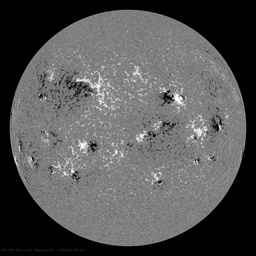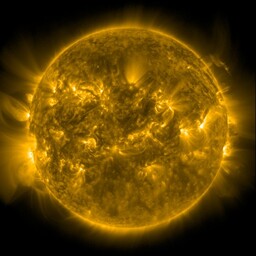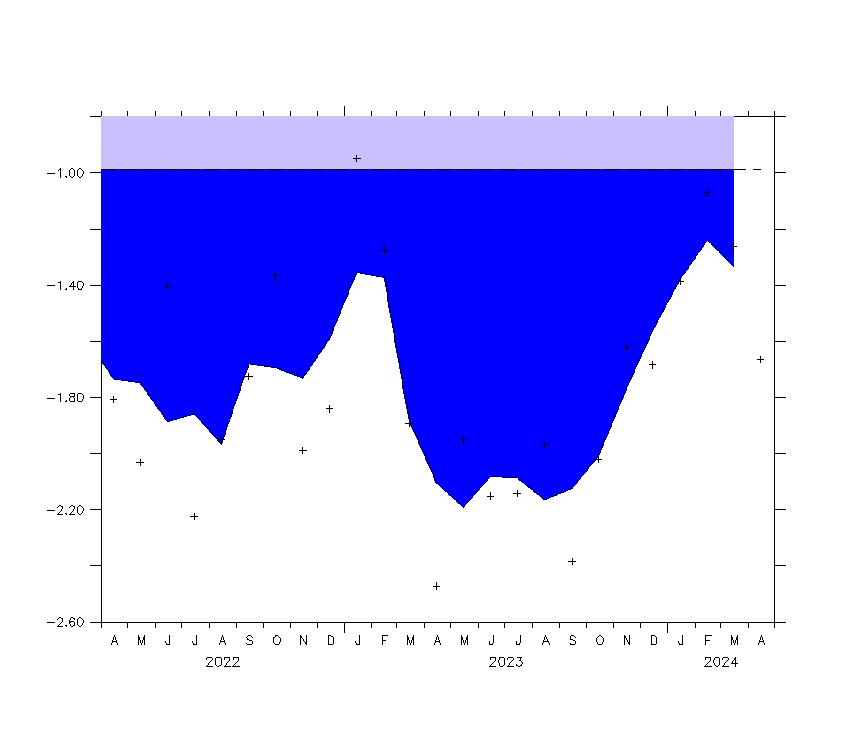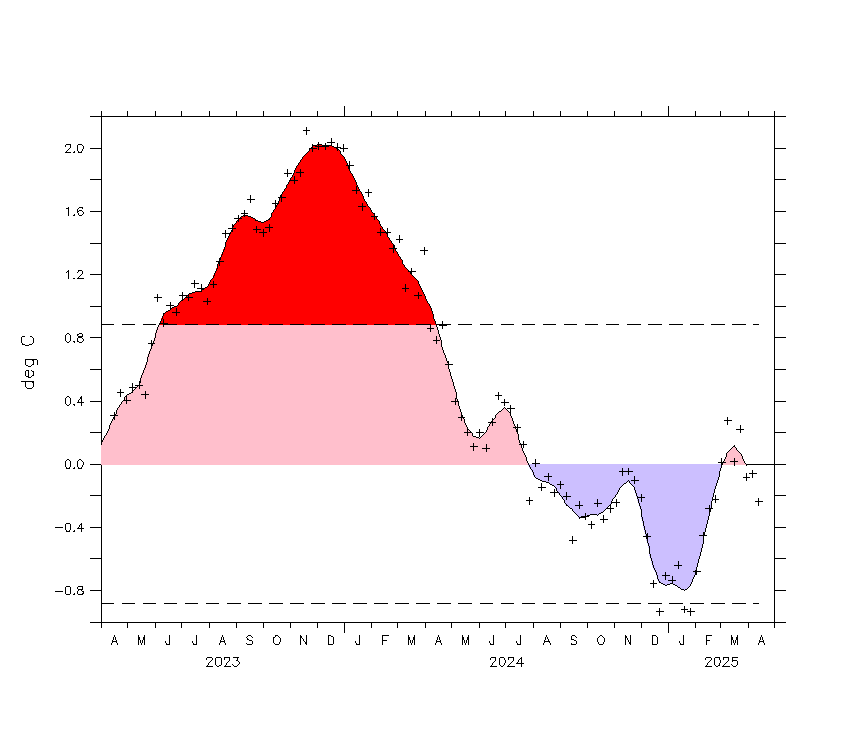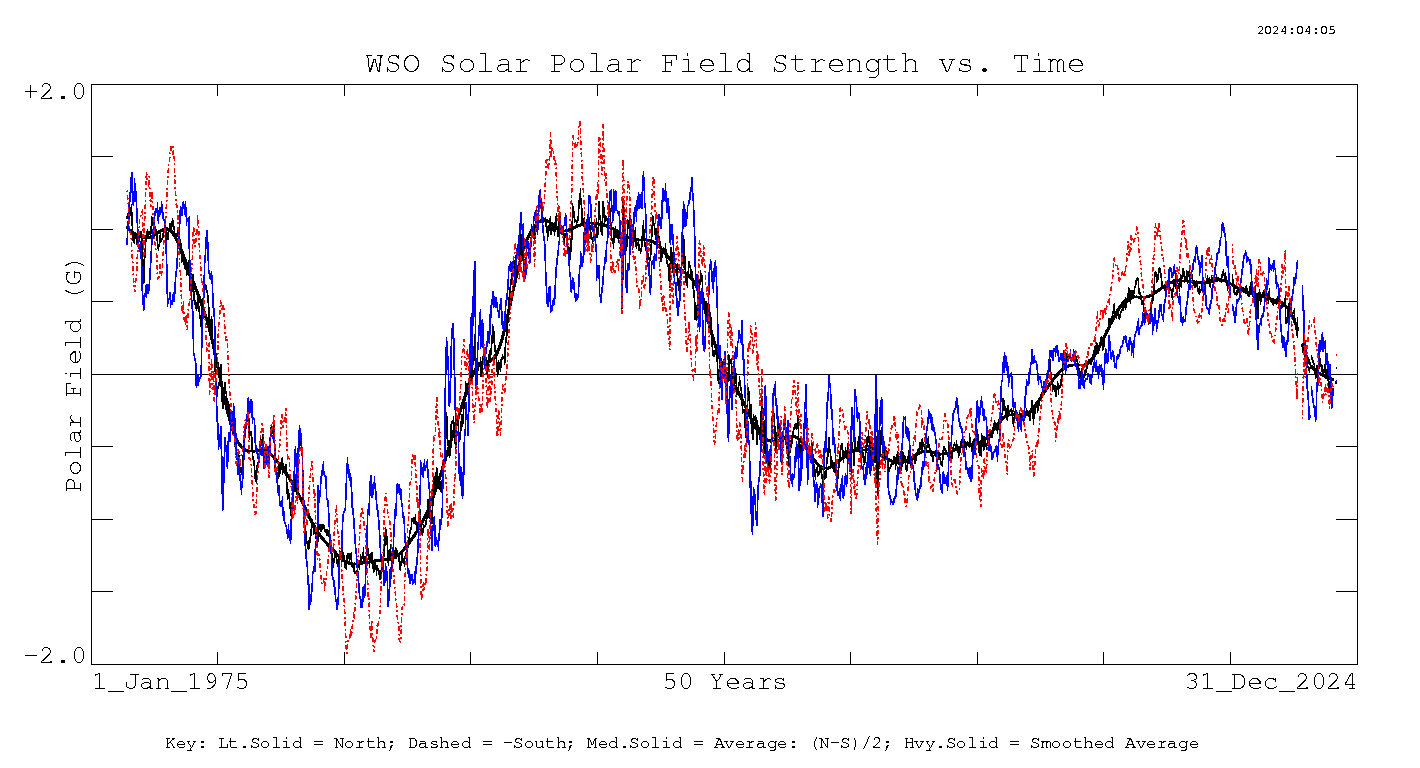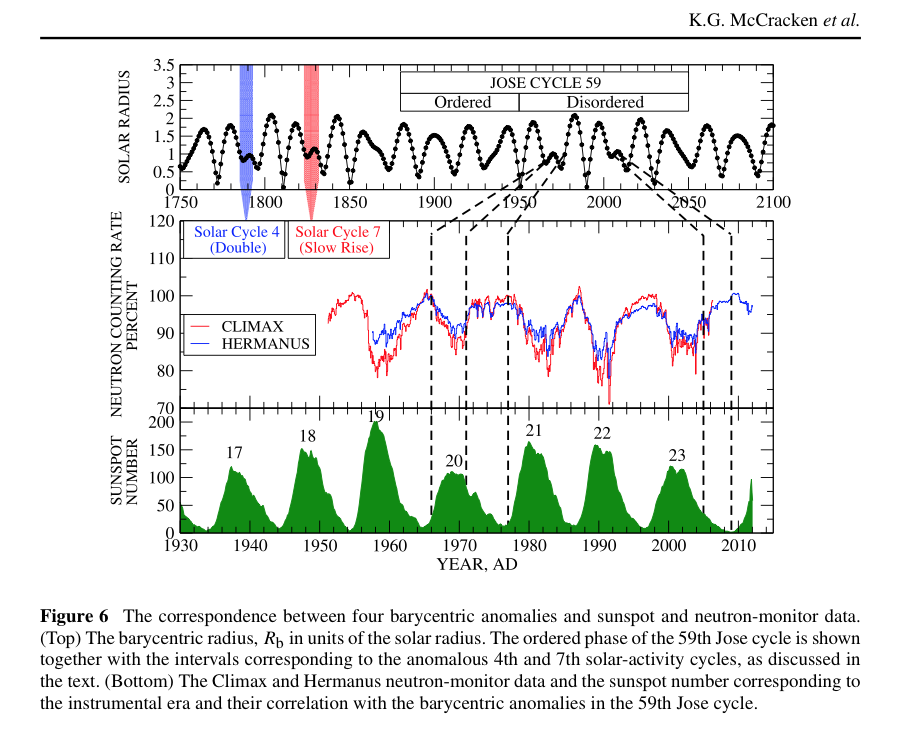
After a very long wait the planetary paper titled "Evidence for Planetary Forcing of the Cosmic Ray Intensity and Solar Activity Throughout the Past 9400 Years" by authors K.G. McCracken, J. Beer & F. Steinhilber has finally been published in Solar Physics.
The authors are basically the owners of the 10Be solar proxy record of the Holocene that is derived from ice core samples and are renown scientists in their field. Their new work now gives powerful evidence of planetary influence over the Sun across the Holocene that can be tested. To my delight the majority of the paper is inline with my previously published papers (2010,2013) and this is the first time my work has been fully recognized by science.
The abstract reads.
Paleo-cosmic-ray (PCR) records based on cosmogenic 10Be and 14C data are used to study the variations in cosmic-ray intensity and solar activity over the past 9400 years. There are four strong correlations with the motion of the Jovian planets; the probability of occurring by chance being < 10−5. They are i) the PCR periodicities at 87, 350, 510, and 710 years, which closely approximate integer multiples of half the Uranus–Neptune synodic period; ii) eight periodicities in the torques calculated to be exerted by the planets on an asymmetric tachocline that approximate the periods observed in the PCR; iii) the maxima of the long-term PCR variations are coincident with syzygy (alignment) of the four Jovian planets in 5272 and 644 BP; and iv) in the time domain, the PCR intensity decreases during the first 60 years of the ≈ 172 year Jose cycle (Jose, Astron. J. 70, 193, 1965) and increases in the remaining ≈ 112 years in association with barycentric anomalies in the distance between the Sun and the center of mass of the solar system. Furthermore, sunspot and neutron-monitor data show that three anomalous sunspot cycles (4th, 7th, and 20th) and the long sunspot minimum of 2006 – 2009 CE coincided with the first and second barycentric anomalies of the 58th and 59th Jose cycles. Phase lags between the planetary and heliospheric effects are ≤ five years. The 20 largest Grand Minima during the past 9400 years coincided with the latter half of the Jose cycle in which they occurred. These correlations are not of terrestrial origin, nor are they due to the planets’ contributing directly to the cosmic-ray modulation process in the heliosphere. Low cosmic-ray intensity (higher solar activity) occurred when Uranus and Neptune were in superior conjunction (mutual cancellation), while high intensities occurred when Uranus–Neptune were in inferior conjunction (additive effects). Many of the prominent peaks in the PCR Fourier spectrum can be explained in terms of the Jose cycle, and the occurrence of barycentric anomalies.
------------------------------------------------------------------------------------------------------------------------------------------------------
At present the paper is behind a firewall, but if it becomes available I will do a full review in the near future.
The paper link:
http://link.springer.com/article/10.1007/s11207-014-0510-1
I met with Ken McCracken in January this year where we discussed our mutual interests and common thinking in this area of planetary science. There is a lot of planetary theories out there at present but our work stands aside from the crowd, myself and McCracken et al are the only researchers who suggest the solar angular momentum perturbation (AMP event) or Barycentric Anomaly are responsible for solar grand minima . Hopefully more will come on board in the near future which will help spread this new area of science.
Anthony Watts has been challenged to review this paper along with mine but he has already declined on twitter. It seems he is up against the ropes and refuses to look at the new science as it goes against his strict anti planetary beliefs. Interestingly Anthony stated on WUWT that he would review my paper if it was published in a peer review journal...it seems he is not a man of his word.
Roger Tattersall from Tallblokes Talkshop is also in a similar position...will he review this new paper (once available) and mine as promised??
BRIEF REVIEW:
Both papers agree that the Jose Cylce is now 172 years instead of 178.
Both Papers agree that the AMP event is responsible for solar grand minima.
Both papers agree that the 208 year De Vries cycle is a result of fluctuations of the 172 year cycle.
One area of difference is the Charvàtovà type description of solar epochs. I think there are ordered periods and there are AMP events or Barycentric Anomalies but not disordered periods, the AMP event only lasts around 5 years. Also when looking at the Sunspot record which has more resolution than the proxy record it can be seen that the highest and lowest period of solar activity happens around the AMP event, high solar activity does not occur during the ordered phase as stated by Charvàtovà and McCracken et al, but I do agree it seems to follow this patten when only observing the solar proxy record (strong grand minima are deeper than the week activity experienced during the ordered phase). The bottom of the ordered phase (U/N opposing) is the bottom of the Gliessberg Cycle.
There is now a huge database of falsifiable data that shows grand minima can only occur during times of the AMP event across the Holocene. This event is now known to be directly related to the position of Uranus & Neptune. The challenge for the naysayers is to show where this data is wrong. Bring it on WUWT.


